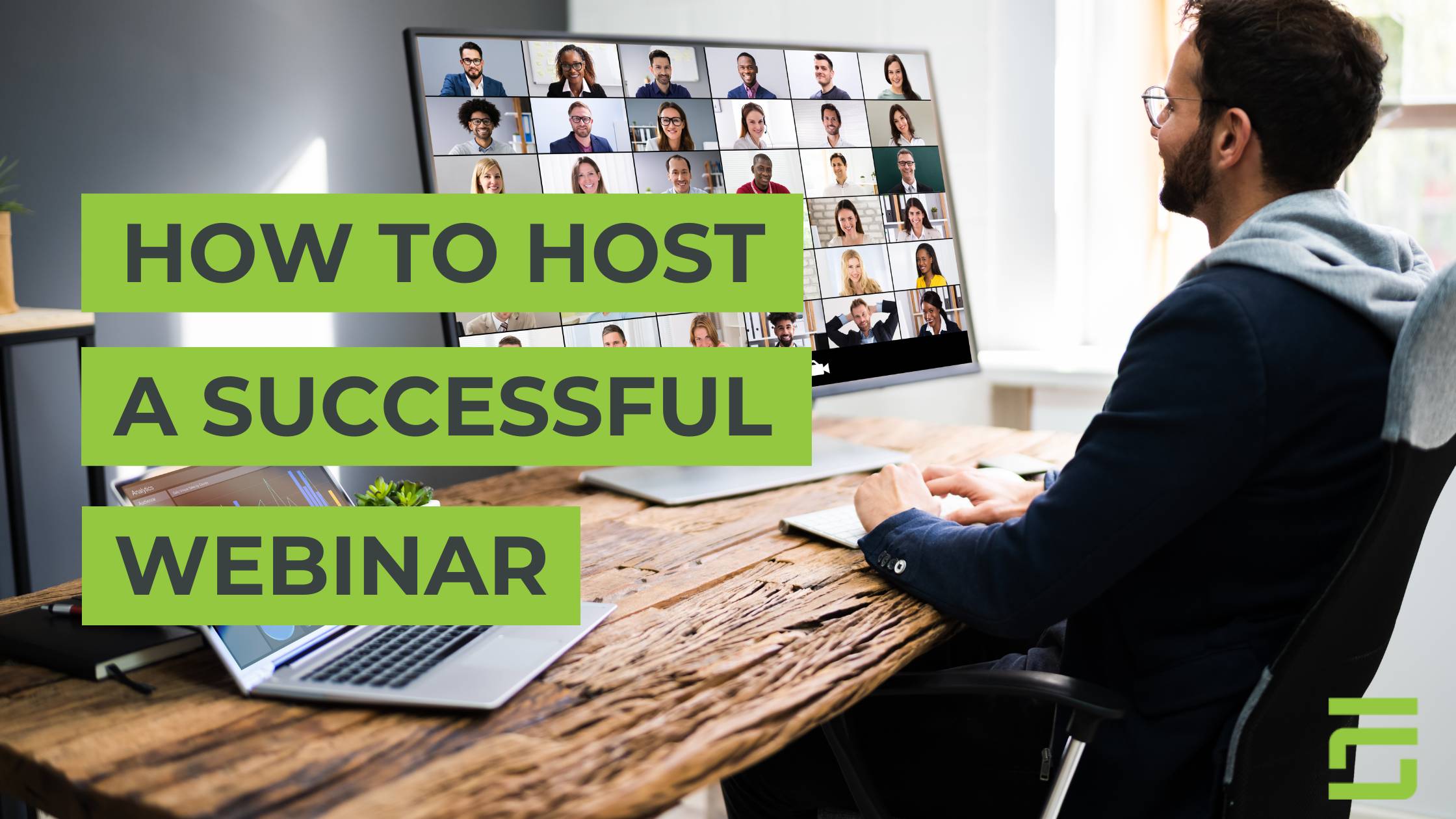
Webinars have become an integral part of modern business marketing and communication strategies. They provide an excellent platform for reaching and engaging with your audience in a meaningful way. However, hosting a successful webinar requires careful planning and execution. In this blog post, we’ll walk you through the essential steps to ensure your next webinar is a hit.
What is a webinar?
A webinar, short for “web seminar,” is a live, online presentation, workshop, or lecture conducted over the internet. It allows individuals or businesses to share information, engage with an audience, and interact in real-time. Webinars typically feature audio and visual components, including presentations, slides, and often include interactive elements like chat, Q&A sessions, and polls.
What types of businesses should host webinars?
Webinars can be a valuable tool for a wide range of businesses and organizations, regardless of their size or industry. Hosting webinars can help in various ways, including lead generation, education, engagement, and establishing authority in your field.
How to Host a Successful Webinar for Your Business
Step 1: Define Your Goals and KPIs
Before you even think about the technical aspects of hosting a webinar, it’s crucial to clarify your goals. What do you hope to achieve with your webinar? Are you looking to generate leads, educate your audience, showcase a new product, or build brand authority? Your goals will guide the content, format, and promotion of your webinar.
Step 2: Choose the Right Topic
Selecting a relevant and engaging topic is the foundation of a successful webinar. Your topic should resonate with your target audience’s interests and pain points. Research your audience’s needs and preferences to ensure your content addresses their concerns and provides value.
Step 3: Plan Your Content
Once you have your topic, outline your content. Create a clear and structured presentation with a compelling introduction, informative main content, and a powerful conclusion. Use visuals, such as slides or infographics, to support your message and keep the audience engaged. Don’t forget to include interactive elements like polls, Q&A sessions, or surveys to encourage audience participation.
Step 4: Choose the Right Webinar Platform
Selecting the right webinar platform is crucial to the success of your event. Consider factors like the number of attendees, technical capabilities, ease of use, and your budget when choosing a platform. Popular options include Zoom, GoToWebinar, and Webex.
Step 5: Promote Your Webinar
To ensure a robust turnout, you need to promote your webinar effectively. Utilize various marketing channels, including social media, email marketing, your website, and even paid advertising. Create engaging promotional materials, such as teaser videos, blog posts, and social media posts, to build anticipation and excitement.
Step 6: Practice, Practice, Practice
Don’t underestimate the importance of practice. Familiarize yourself with the webinar platform’s features and conduct a few dry runs. Practice your presentation to ensure a smooth flow and fix any technical issues in advance. This will boost your confidence and help you handle any unexpected hiccups on the day of the event.
Step 7: Engage Your Audience
During the webinar, actively engage your audience. Start with a warm welcome and introduction, and use your outline to maintain a clear structure. Ask open-ended questions, encourage chat and discussion, and use storytelling to make your content relatable. Remember that a successful webinar is a two-way conversation, not a one-sided lecture.
Step 8: Technical Support
Have technical support on standby in case any issues arise. This could be a team member or an external tech support service. They can address technical problems, such as audio or video glitches, ensuring a seamless experience for your audience.
Step 9: Follow-Up and Feedback
After the webinar, follow up with your attendees. Send a thank-you email and provide resources related to the webinar topic. Collect feedback to understand what went well and what can be improved for future webinars.
Step 10: Analyze and Optimize
Finally, analyze the performance of your webinar. Review metrics like attendance, engagement, and conversions to determine the impact of your event. Use this data to optimize your future webinars and refine your strategy.
In conclusion, hosting a successful webinar as a business is a multi-faceted process that requires careful planning, effective promotion, engaging content, and post-event analysis. By following these ten steps, you can create a memorable webinar experience that not only achieves your goals but also leaves a lasting impression on your audience. Remember, webinars are not just about conveying information but about building relationships and trust with your audience. With dedication and the right approach, you can use webinars to enhance your business’s online presence and drive meaningful results.
Looking for other ways to improve your business’s marketing strategy? At Faster Solutions, we’ve got the tools you need to grow your business and drive marketing results. Contact us today to get started and check out our FREE SEO report!






